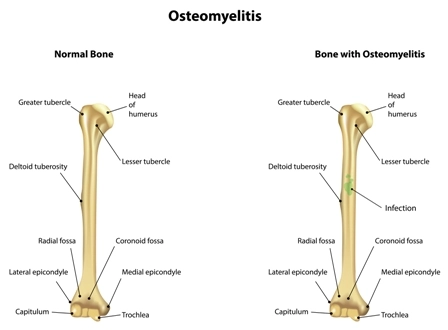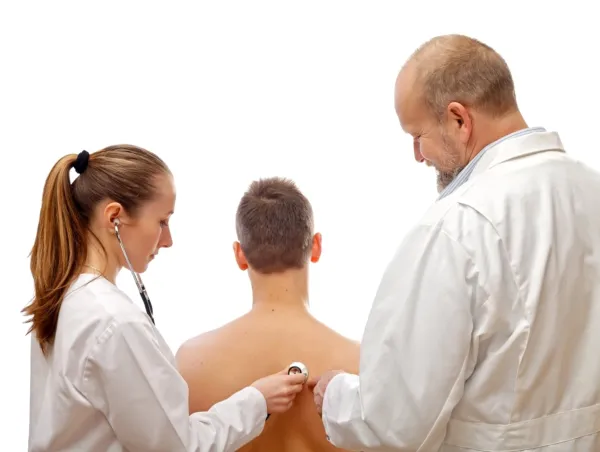Remember Secondary Dx With Acute Osteomyelitis

Question: A new patient suffering from acute osteomyelitis in his right shoulder reports to the PM physician for treatment. Notes indicate that the provider performed an expanded problem focused history, an expanded problem-focused examination, and straightforward medical decision making (MDM). What is the correct CPT® and ICD-10 code for this condition? Colorado Subscriber Answer: First, we’ll dispense with the CPT® code. You’ll report 99202 (Office or other outpatient visit for the evaluation and management of a new patient, which requires these 3 key components: An expanded problem focused history; An expanded problem focused examination; Straightforward medical decision making …) for the provider’s service. As for the ICD-10 code, things are a little murkier. Your primary diagnosis will be one of two codes; go back and check the encounter notes, and then choose one of these diagnosis codes: Secondary Dx alert: In the section devoted to osteomyelitis, ICD-10 instructs coders to use an additional code to identify the infectious agent underlying the condition. You’ll choose a code from one of the following code sets to ID the infectious agent: Some of these codes require a fourth character, while others in the same family might require you to code to the fifth character. Keep this in mind as you sift through these secondary diagnoses. Third Dx possible: Not only should you include an infectious agent code secondary to the osteomyelitis, you might need a third diagnosis to identify a major osseous defect, if applicable. In this patient’s case, you’ll choose M89.711 (Major osseous defect, right shoulder region) if the patient has a major osseous defect in addition to the acute osteomyelitis.




